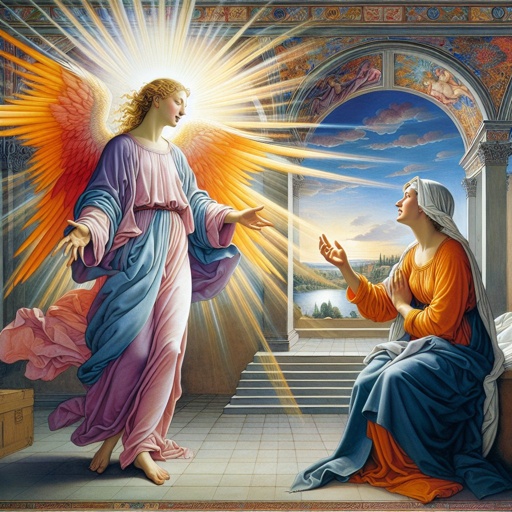Luke 3:1 Artwork
"Now in the fifteenth year of the reign of Tiberius Cæsar, Pontius Pilate being governor of Judæa, and Herod being tetrarch of Galilee, and his brother Philip tetrarch of Ituraea and of the region of Trachonitis, and Lysanias the tetrarch of Abilene," - Luke 3:1
Explore Luke 3:1 through paintings, pictures, drawings, digital art, illustrations, wallpapers, photos, prints & more.

Luke 3:1 - "Now in the fifteenth year of the reign of Tiberius Caesar, Pontius Pilate being governor of Judaea, and Herod being tetrarch of Galilee, and his brother Philip tetrarch of Ituraea and of the region of Trachonitis, and Lysanias the tetrarch of Abilene,"

Luke 1:1

Luke 24:3 - "And they entered in, and found not the body of the Lord Jesus."

Luke 24:1

Luke 1:32

Luke 1:32

Luke 1:32

Luke 1:32

Luke 1:39

Luke 1:32

Luke 1:32

Luke 3:3 - "And he came into all the country about Jordan, preaching the baptism of repentance for the remission of sins;"

Luke 15:3 - "¶ And he spake this parable unto them, saying,"

Luke 3:6 - "And all flesh shall see the salvation of God."

Luke 11:3 - "Give us day by day our daily bread."

Luke 1:3 - "It seemed good to me also, having had perfect understanding of all things from the very first, to write unto thee in order, most excellent Theophilus,"

Luke 22:3 - "¶ Then entered Satan into Judas surnamed Iscariot, being of the number of the twelve."

Luke 2:3 - "And all went to be taxed, every one into his own city."

Luke 3:10 - "And the people asked him, saying, What shall we do then?"

Luke (1:37) For nothing will be impossible with God.”

Luke (1:37) For nothing will be impossible with God.”

Luke (1:37) For nothing will be impossible with God.”

Luke (1:37) For nothing will be impossible with God.”

Luke (1:37) For nothing will be impossible with God.”

Luke (1:37) For nothing will be impossible with God.”

Luke (1:37) For nothing will be impossible with God.”

Luke (1:37) For nothing will be impossible with God.”

Luke (1:37) For nothing will be impossible with God.”

Luke (1:37) For nothing will be impossible with God.”

Luke (1:37) For nothing will be impossible with God.”